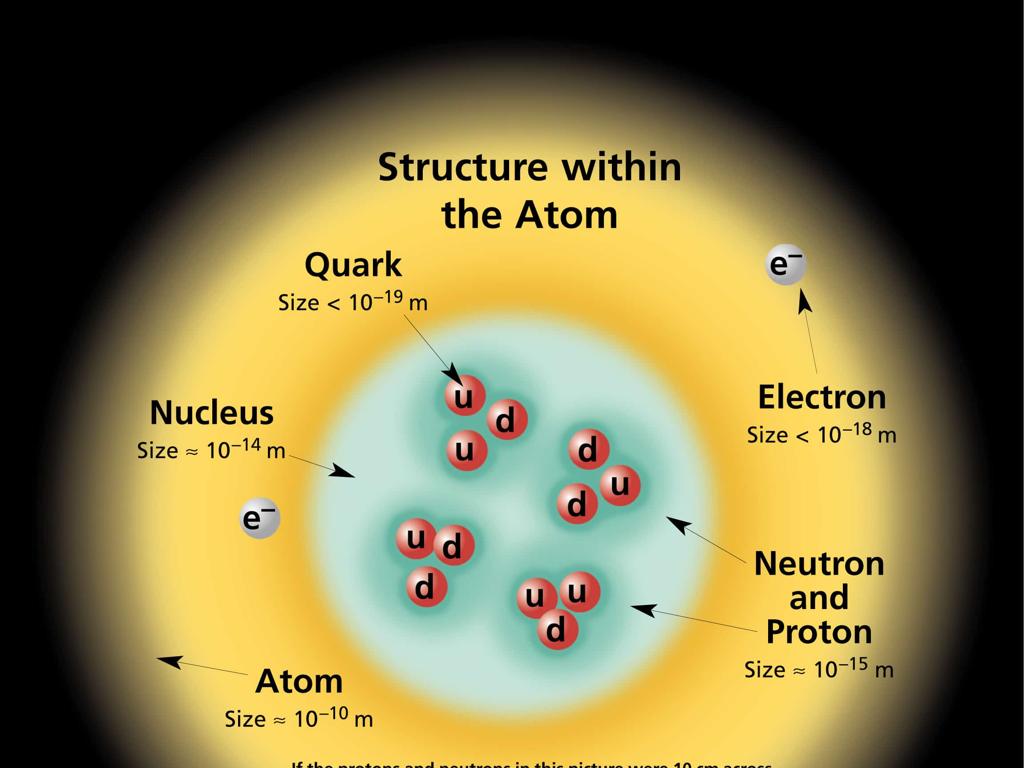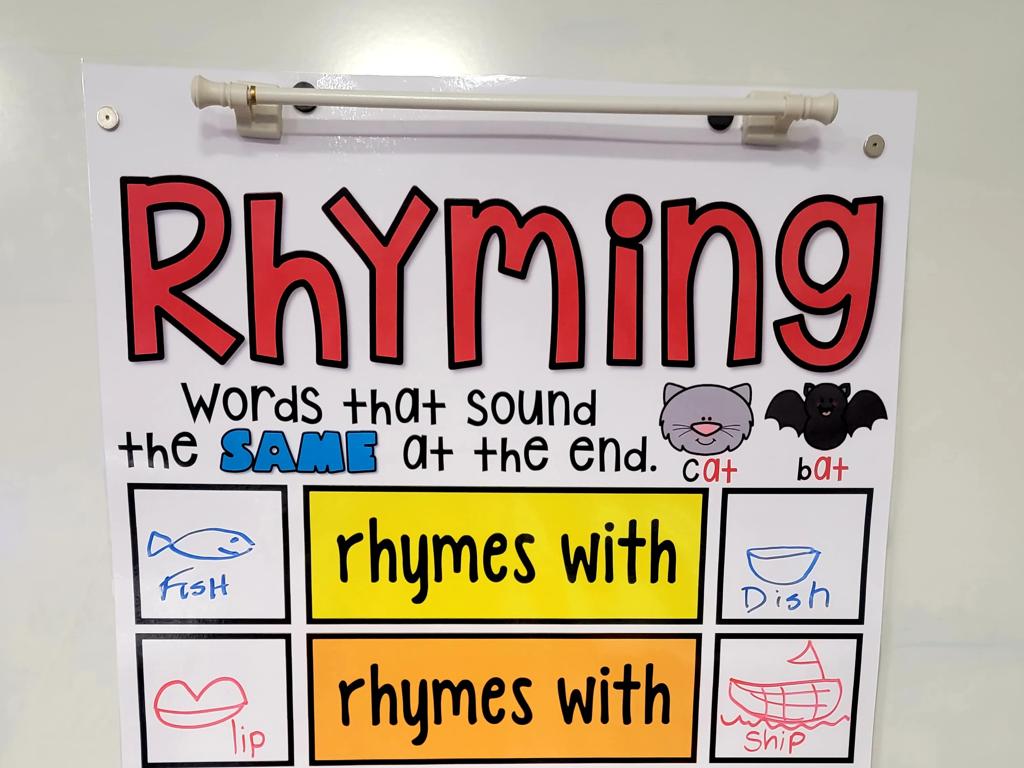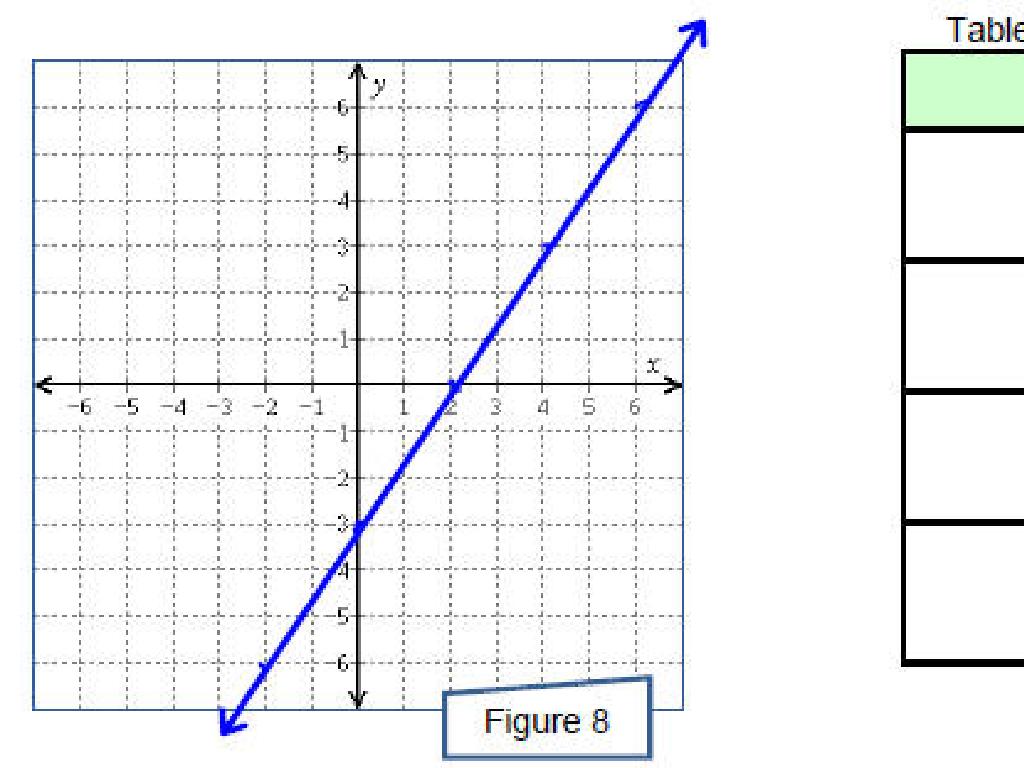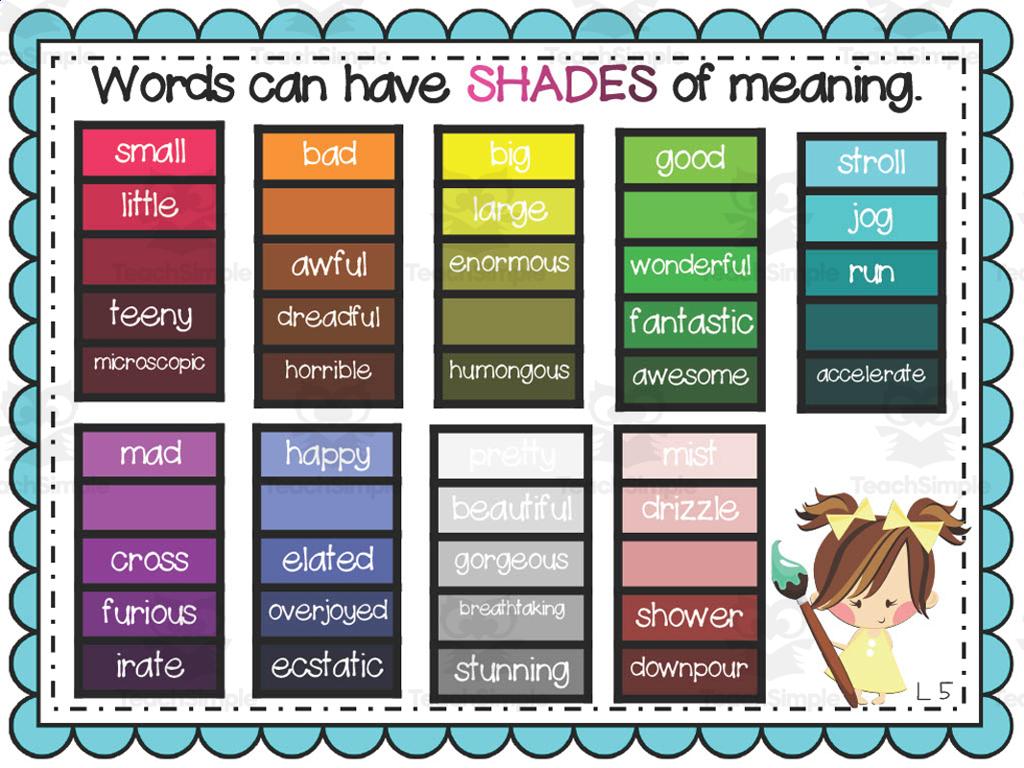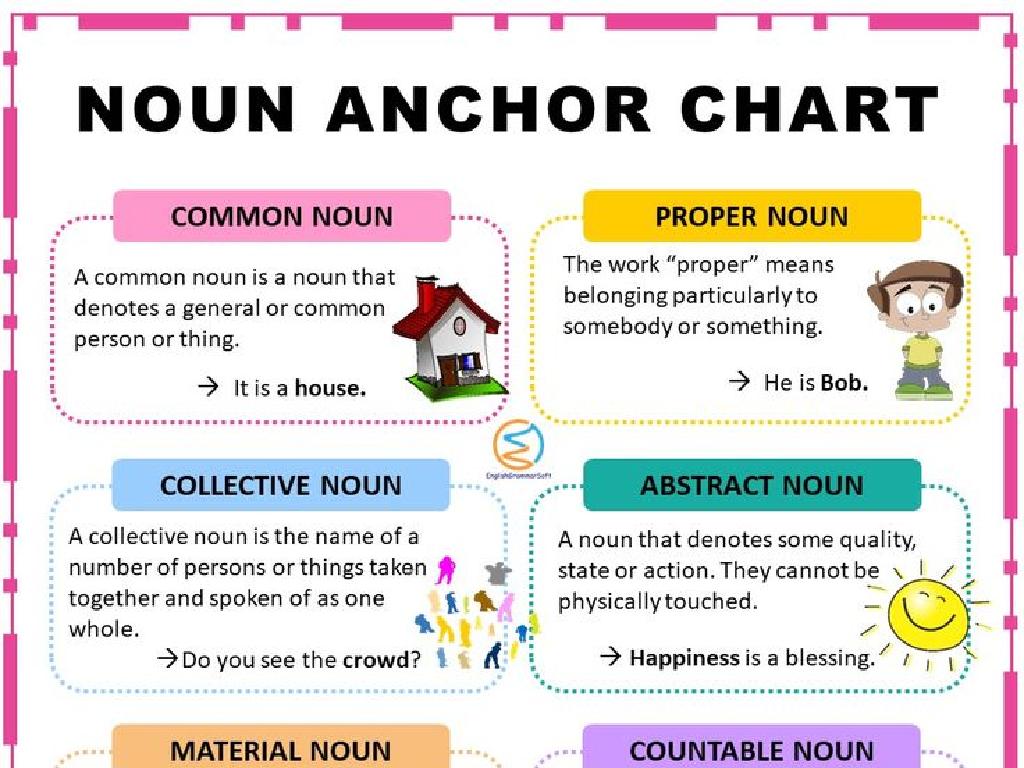Choose Metric Units Of Distance
Subject: Science
Grade: Second grade
Topic: Units And Measurement
Please LOG IN to download the presentation. Access is available to registered users only.
View More Content
Exploring Metric Units of Distance
– Learn about metric distance units
– Units like meters, centimeters, and kilometers
– Measuring objects around us
– Use a ruler or tape measure for small items
– Why measurements matter
– Helps us describe and compare things accurately
– Daily life examples
– How tall are you? How far is school?
|
This slide introduces the concept of measurement and its relevance to everyday life for second graders. Start by explaining the metric units of distance such as meters for measuring a desk, centimeters for smaller objects like a pencil, and kilometers for distances like the length of a park. Show them how to use a ruler or a tape measure. Discuss why it’s important to measure accurately for building, buying clothes, or knowing how much food to cook. Give relatable examples like measuring their height or the distance from their home to school. Encourage students to think of other examples where they have to use measurement.
Exploring Metric Units of Distance
– Understanding measurement
– Measurement tells us length, height, weight
– Units for different measures
– Metric units for distance
– We use meters for things like a guitar
– Meters, centimeters, kilometers
– Centimeters for a pencil, kilometers for a trip
|
This slide introduces the concept of measurement in the context of distance, tailored for a second-grade science class. Begin by explaining what measurement is and why it’s important. Highlight that different things are measured in different units. Focus on the metric system for distance, explaining that meters are used for measuring objects of medium size, centimeters for small objects, and kilometers for distances between places. Use relatable examples like measuring the length of a guitar in meters, the length of a pencil in centimeters, and the distance from home to school in kilometers. Encourage students to think of other examples and ask questions to ensure understanding.
Exploring Metric Units of Distance
– The metric system is global
– It’s based on the number 10
– Like 10mm in a cm, 100cm in a m
– Meters, centimeters, kilometers
– cm for small objects, m for room size, km for places far away
– Easy conversion between units
|
This slide introduces the metric system for measuring distance, which is used worldwide. Emphasize to students that the metric system is based on the number 10, which simplifies the process of converting between units such as millimeters, centimeters, meters, and kilometers. Provide examples of when to use each unit: centimeters for measuring small objects like a pencil, meters for things that are a bit larger like the length of a classroom, and kilometers for distances between places. Use visual aids or objects to help students get a sense of the scale of each unit. Encourage students to think of examples and ask questions to ensure understanding.
Centimeters and Meters: Measuring Up!
– What is a centimeter?
– It’s as wide as a pencil!
– Centimeters in a meter
– 100 centimeters make a meter
– Measuring small objects
– Use it for books, pencils, etc.
– When to use centimeters
|
This slide introduces students to the basics of measuring length using centimeters and meters, which are part of the metric system. A centimeter is a small unit of measurement that is about the width of a pencil, making it relatable to second graders. Emphasize that there are 100 centimeters in a meter, which is a larger unit of measurement. Centimeters are ideal for measuring smaller objects, which is practical for students to understand and apply. Encourage students to bring rulers to the next class to practice measuring items in centimeters and to understand the concept of scale between centimeters and meters.
Understanding Meters
– A meter is like a guitar length
– Meters measure bigger items
– Like doors or beds are measured in meters
– Think of a one-meter-long object
– Maybe a baseball bat or a tall chair?
|
This slide introduces the concept of measuring length using meters, which is a fundamental unit of measurement in the metric system. Start by showing the students a guitar or a picture of one to give them a tangible idea of how long a meter is. Explain that meters are used to measure things that are larger than what we would measure with centimeters or millimeters. Encourage the students to look around their homes or the classroom for objects that are approximately one meter in length to help them better understand the size of a meter. This could include things like a baseball bat, a floor mat, or a piece of furniture. The goal is to make the concept of a meter relatable and understandable for second graders by using familiar objects.
Understanding Kilometers
– Kilometer vs. Meter
– A kilometer is 1000 meters long.
– Kilometers for long distances
– Like how far it is from home to school.
– Time to walk a kilometer
– About as long as a 15-minute walk.
|
This slide introduces the concept of kilometers to second-grade students, emphasizing the difference in length compared to meters. Explain that a kilometer is a unit of measurement that is used for longer distances, such as the length of a road or the distance from their home to school. To make it more relatable, discuss that it takes about 12 to 15 minutes to walk a kilometer at a normal pace. This can be compared to the time it takes to walk to a friend’s house or a nearby park. Encourage students to think of places they know and consider how many kilometers away they are. This will help them grasp the scale of a kilometer in a practical context.
Choosing the Right Metric Unit for Distance
– Measure a pencil in centimeters
– Centimeters are small units perfect for measuring things like pencils.
– Measure a person’s height in meters
– Meters are larger units used for measuring the height of people.
– Measure distance to the park in kilometers
– Kilometers cover longer distances, like from school to the park.
|
This slide aims to teach students how to select the appropriate metric unit of distance based on the size of what they are measuring. Centimeters are suitable for small objects like pencils. Meters are better for measuring something taller, like a person. Kilometers are used for much longer distances, such as the length of a trip from school to the park. Encourage students to think of other examples of small, medium, and large things they could measure using these units. You can bring a ruler, a meter stick, and a map to visually demonstrate the concept of scale and distance.
Let’s Practice Measuring!
– Measure items in our classroom
– Choose the best metric unit
– Will it be millimeters, centimeters, or meters?
– Work with a partner
– Discuss your unit choice
– Explain why you picked millimeters, centimeters, or meters
|
This slide is for a class activity where students will engage in hands-on learning by measuring various objects around the classroom. The teacher should prepare a selection of items of different sizes beforehand. Students will work in pairs to decide whether to use millimeters, centimeters, or meters as the most appropriate metric unit for measuring each item. After measuring, they should discuss their choices and reasoning with their partner. The teacher should circulate the room, assisting pairs as needed and encouraging discussion about their choices. Possible items to measure could include a pencil, a book, a piece of string, a desk, or the classroom door. This activity will help students understand the practical application of metric units of measurement and develop their reasoning skills.
Class Activity: Measurement Scavenger Hunt
– Find classroom items to measure
– Measure lengths using a ruler
– Use centimeters or meters on your ruler
– Record your measurements
– Present findings to the class
|
This interactive activity is designed to help students apply their knowledge of metric units of distance in a fun and engaging way. Provide each student with a ruler marked in centimeters and meters. Encourage them to find various objects in the classroom, such as pencils, books, desks, or even the length of the chalkboard, and measure their length or height. They should write down each item and its measurement. At the end of the activity, each student will have the opportunity to present their findings to the class, practicing their speaking skills and reinforcing their understanding of metric measurements. Possible variations of the activity could include measuring the distance between objects, comparing lengths of different items, or estimating measurements before using the ruler.
Mastering Metric Units of Distance
– Centimeters for small objects
– Pencils or ants are measured in centimeters.
– Meters for bigger items
– Your height might be measured in meters.
– Kilometers for long distances
– The distance to Grandma’s house could be in kilometers.
– Practice makes perfect
|
Congratulations to the class for learning about metric units of distance! Reinforce the concept that different units are used based on the size of what’s being measured: centimeters for small items like pencils, meters for larger items like a person’s height, and kilometers for distances you might travel by car. Encourage the students to practice by measuring things at home and on their way to school. Remember to praise their efforts and progress to build confidence and enthusiasm for measurement.

